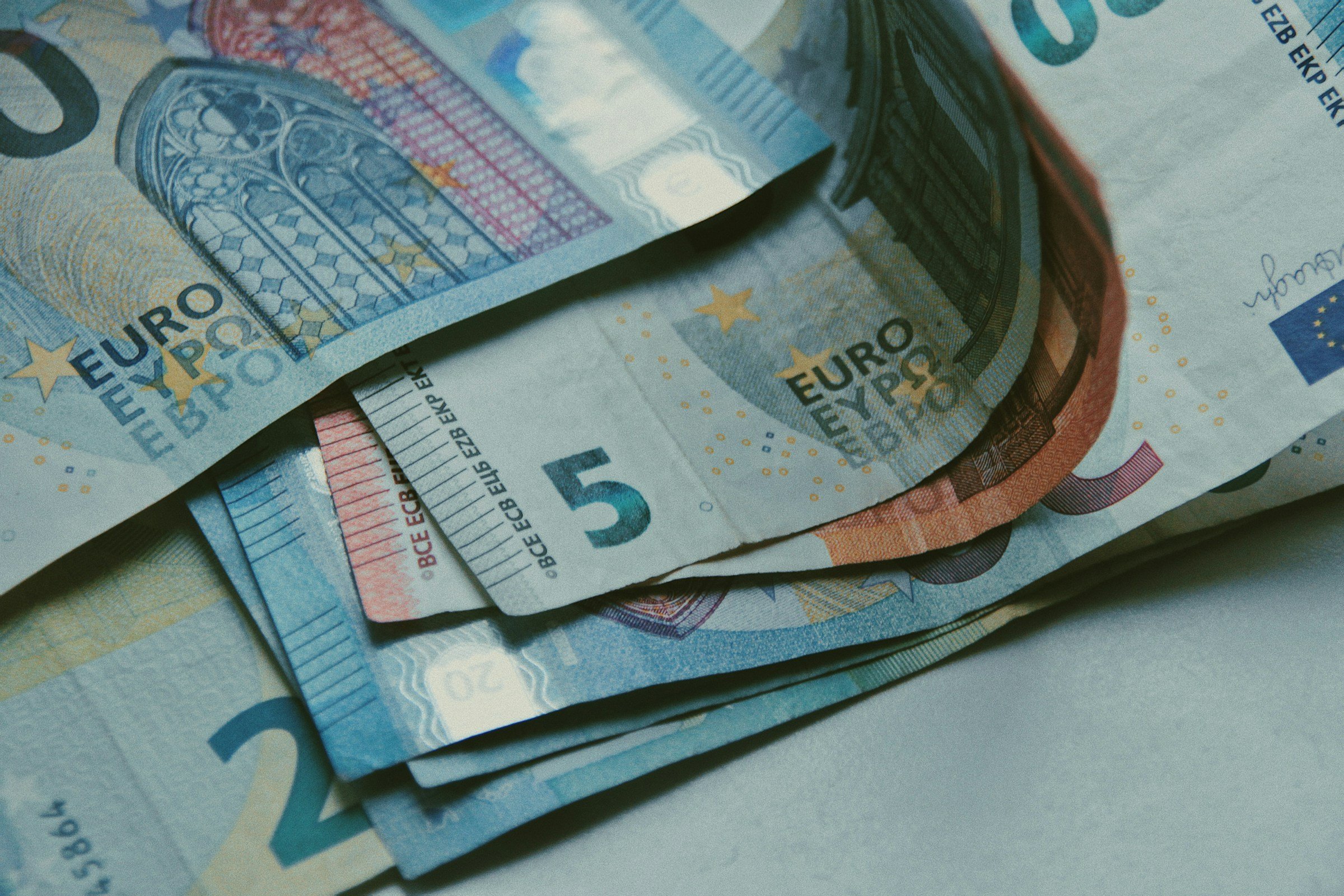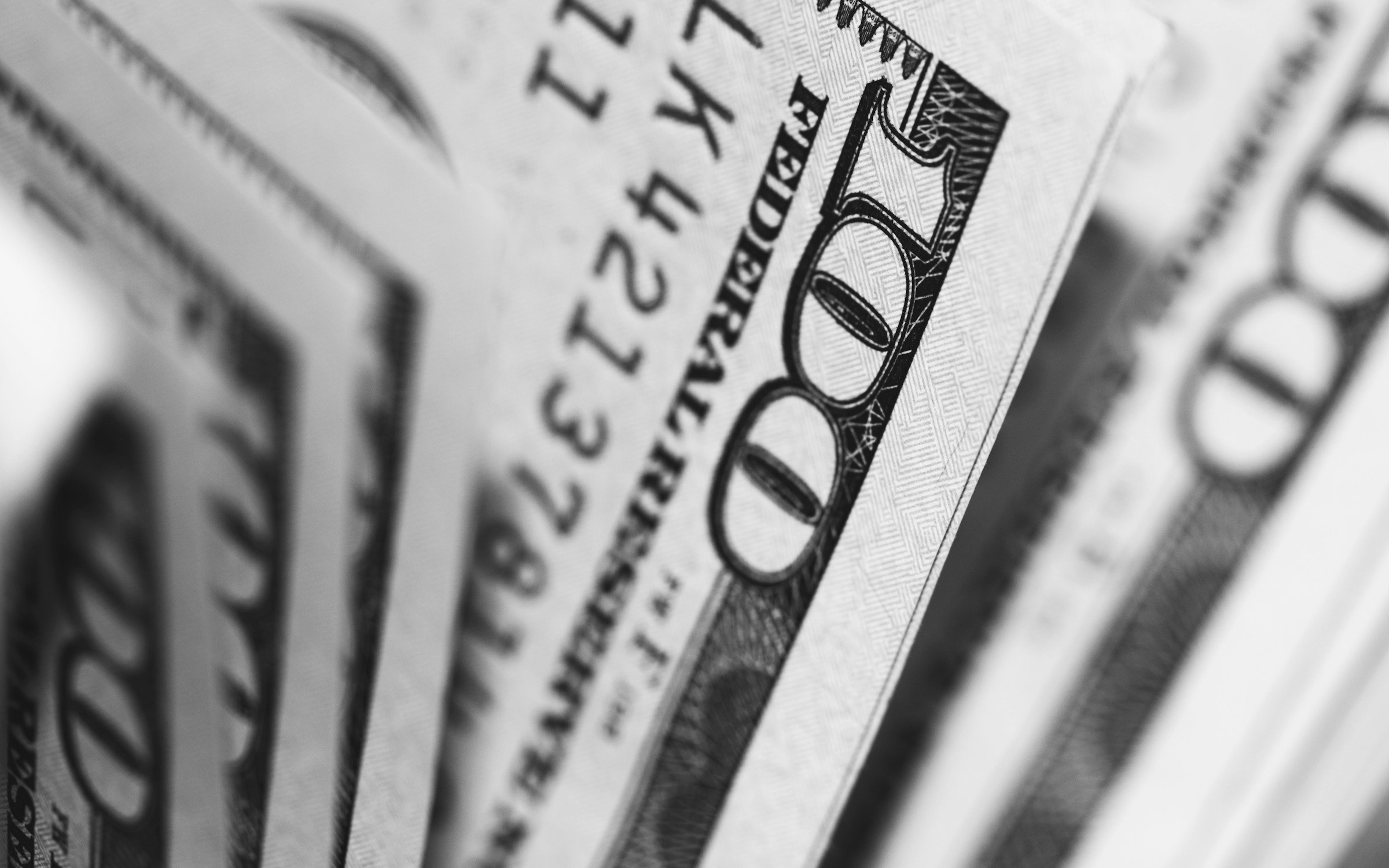The currency exchange rate — how much it costs to convert one country’s currency to another’s — is the most significant driver of the foreign exchange market. Its movement can lead to great profits or losses as traders react to even the slightest uptick or decline.
Speculators use it to analyze where the forex market is headed, which, in itself, can trigger a lot of trades.
However, the rate’s effect and influence extend far beyond the foreign exchange trading floor. It can affect the fortunes of entire economies and governments. To understand forex trading, one must be clear on the importance of the currency exchange rate.
In this post, Gorilla Trades will take a closer look at this economic indicator, its different types, factors that influence currency exchange rate determination, and the types of forex markets in the investment world.

Defining Currency Exchange Rates
The currency exchange rate is a factor used to determine how much it will cost to convert one country’s currency to another’s. In the U.S., of course, one of those currencies is usually the U.S. dollar (USD).
Here’s how it works. Say a U.S. company is importing merchandise from a country in the European Union. The total value of the incoming merchandise is €2,000,000. When the transaction happens, the currency exchange rate is calculated to determine how much it’s worth in U.S. dollars.
Say the current rate is 1.15, meaning that €1 costs $1.15 in American money. To calculate the dollar value of the merchandise, one would multiply the Euro value by the currency rate:
€2,000,000 × 1.15 = $2,300,000
In another example, an importer from Germany wants to import $2,000,000 worth of U.S. merchandise, and the current conversion rate from dollars to euros is 0.87. The calculation of the value of that shipment is:
$2,000,000 × 0.87 = €1,740,000
The currency exchange rate fluxes constantly — often several times in just one second. In real-time, round-the-clock trading on the forex market, rate fluctuation is reported as it happens. Trading volume and amount can influence rate changes as well.
Types of Currency Exchange Rates
To make matters more complex, different types of exchange rates reflect what forces are behind the change — the marketplace, the government, and central banks.
Fixed vs. Floating Exchange Rates
Out of all the investment instruments, forex trading is arguably the most affected by geopolitical circumstances and events, as well as the relationship between governments and financial institutions. Fixed and floating rates are examples of this delicate balance.
When a government’s principal financial authority or central bank sets the rate, it’s called a fixed exchange rate. In general, fixed exchange rates don’t fluctuate too much, which is typical of government-controlled factors.
Although fixed rates support financial stability, the job of the monetary authority or central bank is to keep the rate steady. That could come at the expense of economic growth and increase the risk of inflation.
When forex market activity determines the rate, it’s called a floating exchange rate. Floating rates are tied to supply and demand, and they constantly fluctuate. Although this results in more volatility, that can be good for the marketplace that profits from price movements.
The floating rate is considered more accurate and supports a better balance between a country’s import and export trades.
Managed Floating Exchange Rate
Some global economies have rates that are neither 100% floating nor 100% free. They’re called managed floating exchange rates — or, in derision, “dirty rates.”
In this scenario, the forex marketplace in a given country is allowed to set fluctuating rates according to supply and demand. However, the government’s central bank has the power to intervene and stabilize rates within a narrow range to stave off volatility.
China is by far the biggest economy using this rate structure; other examples include India, Russia, Brazil, Mexico, and Singapore.
Factors That Influence Exchange Rate Determination
Several market forces and indicators play a big part in the movement of currency exchange rates.
Supply and Demand
The biggest driver of commercial success (or doom) also affects forex exchange rates. When demand for a given currency is high, its value increases. When it’s low, the value goes down. Over-supply of a currency tends to lower value since buyers have more sellers competing for their business.
Interest Rates
When interest rates are high, foreign investors are more inclined to invest capital because their potential returns on investment are greater. That makes currency rates increase.
The opposite happens when interest rates are low — global investors back out, and the value goes down. Inflation can also diminish value even when interest rates are high.
Economic Indicators
Common investment indicators also influence the forex market. In countries where inflation is low, citizens have more purchasing power, and the currency is stronger.
Countries with strong gross domestic product figures also lure foreign capital and raise the currency value. When either of those indicators is in a downturn, the currency rate is weaker.
Also, countries that have accumulated higher amounts of debt can scare off foreign investments. This can lead to inflation, which, in turn, leads to lower currency value.
Geopolitical Stability
Stable markets promote growth; unstable markets invite chaos. When a country introduces market reforms, enjoys diplomatic success, invests in infrastructure or other positive events, people trust the currency more.
In countries where protests, war, sanctions, and terrorism are common, confidence in the financial systems is much weaker.
Speculation
Forex traders influence currency rates by predicting how certain currencies will fare. Speculating on future values churns supply and demand and directly influences price fluctuations.
Influence of Currency Rates
The reverse is true — forex rates can influence external events as well, especially in global trade. High exchange rates tend to lead to trade deficits, and low rates result in trade surplus. Forex rates also affect foreign investment levels and even the tourism industry.
Currency Exchange Markets and Methods
As with other investment vehicles, there are several marketplaces and instruments the forex market uses to invest in currency.
Spot Market
When most people think about forex trading, they’re probably picturing the spot market. It’s pretty straightforward — the investor pays for the currency at its current rate and gets it at once, or at least within a couple of days.
Forward Market
Forex investors use the forward market to control risk. The parties agree to exchange currencies at some point in the future at an agreed-upon rate. This is somewhat like options trading in the stock market, at least structurally.
Forex contracts are binding, however, while options are, as expected, optional. Forward market trades are usually over-the-counter transactions.
Futures Market
The futures market works a lot like the forward market but constitutes lower risk. Contracts are more standardized in futures transactions, while contracts in the forward market can be customized to fit investors’ desires. Futures trading happens on highly regulated exchanges.
Swap Market
A swap is actually two transactions. In the first, the two parties agree to exchange currencies at current rates. Then, they trade them back to each other at a given date in the future. Forex buyers in the swap market aim to profit from changing interest rates while mitigating risk.
The swap market is mainly the domain of larger financial institutions, banks, and corporations.
Currency Exchange Rates: Tracking the World
With so many players across the world, forex trading can be an intimidating but profitable prospect. Knowing the current rates — and how they’ll change — can give forex investors a leg up in the global marketplace.

Gorilla Trades: Experience in All Markets
Gorilla Trades helps well-rounded investors make real gains on profitable growth stocks. To find out more, sign up for our 30-day trial and get free stock alerts for a month.




